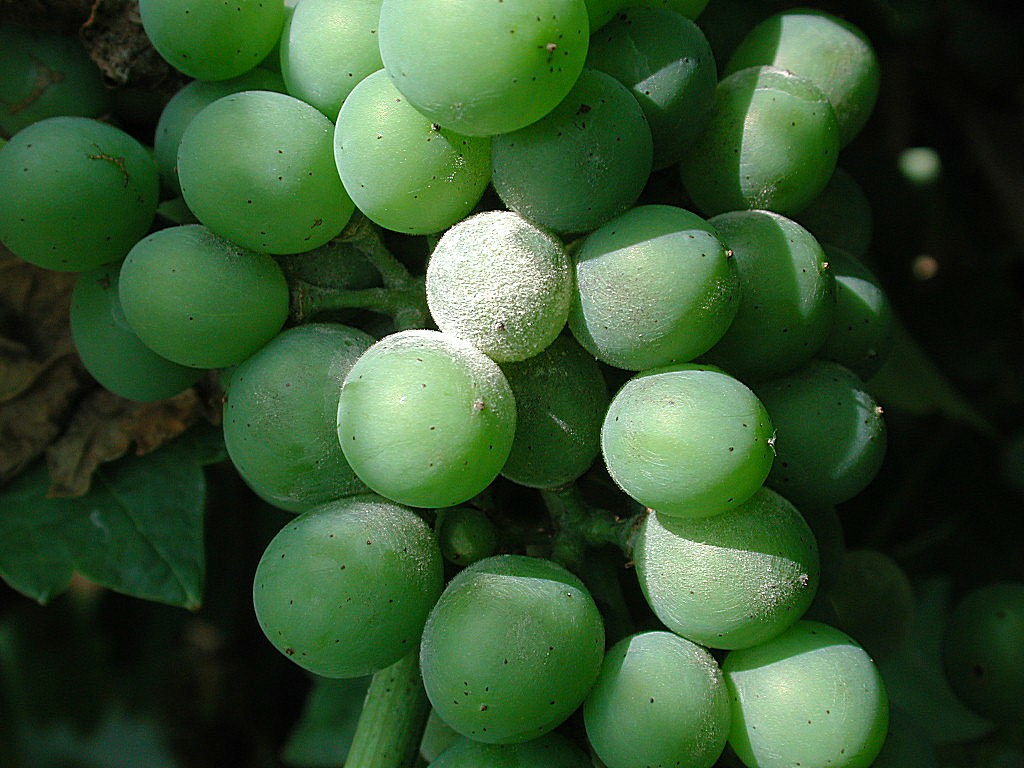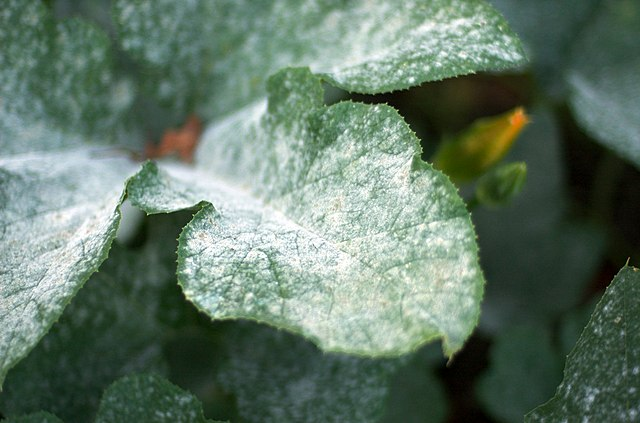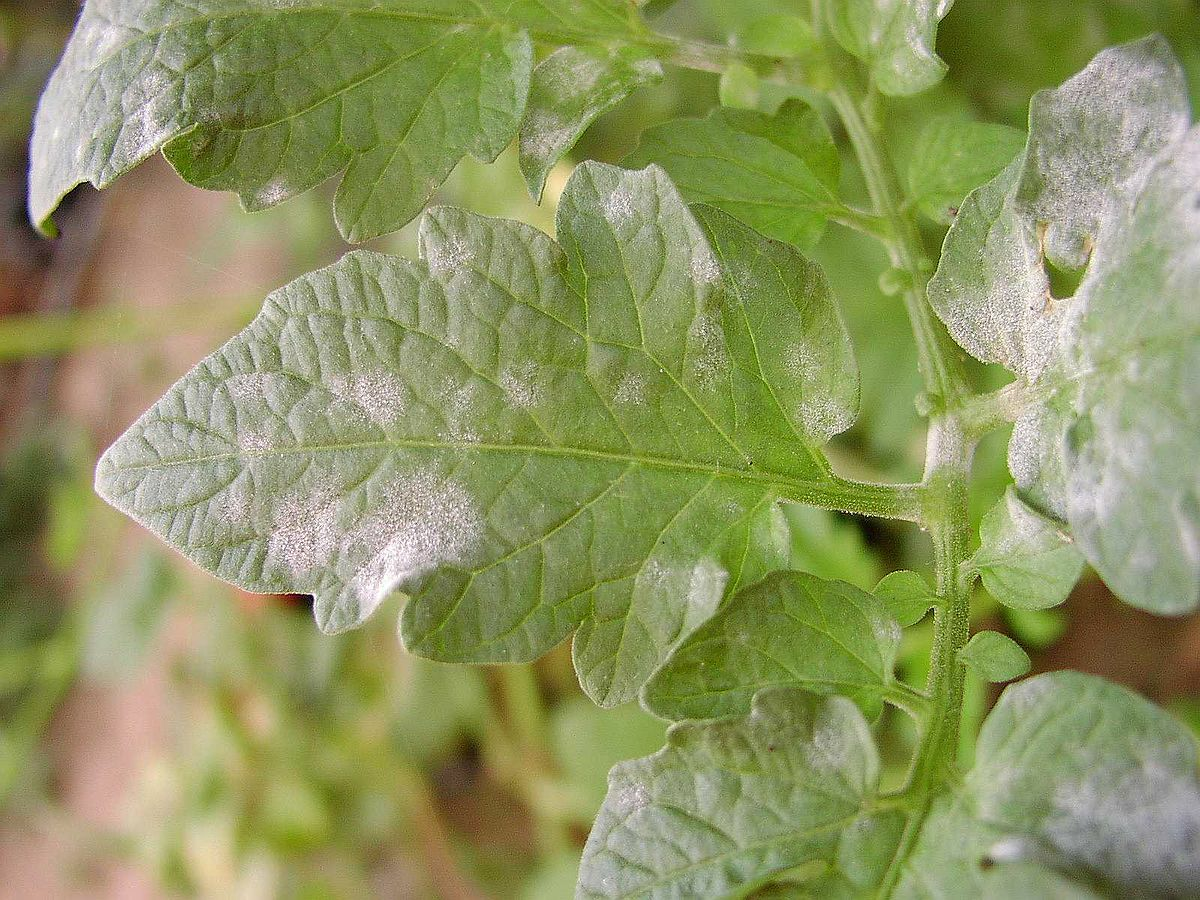Powdery mildews
How to rid of the desease
The fungus spreads as a white, easily wipeable coating on the upper side of the leaf, even in dry weather. The fungus also quickly infects all other parts of the plant and is easily spread by the wind.
General information
Powdery mildew (Erysiphaceae) includes various genera from the section of sac fungi (Ascomycota). These include economically relevant species such as grass powdery mildew (Blumeria graminis) or grapevine powdery mildew (Erysiphe necator or also Oidium). Apples are attacked by Podosphaera leucotricha while roses are infested by Sphaerotheca pannosa. This was just a brief insight into the diversity of powdery mildew fungi.
Affected plants

- Affected vegetables: cucumbers, zucchini, pumpkins, melons, carrots, peas, salsify, sage, strawberries
- Affected woody plants: laurel, grapevines, apple, gooseberries, roses
- Affected ornamental plants: delphiniums, asters, lemon balm, hydrangeas
Characteristics

-
does not need damp conditions to spread ("fair weather fungus"), as the spores do not necessarily need water to spread. Only the first spores in spring can get from the soil to the leaf surfaces through spray water. In most cases, however, wind plays an important role as a means of dispersal. This is why powdery mildew, in contrast to downy mildew, often occurs in summer in dry weather.
-
"External fungus": Does not penetrate into the deeper tissue layers of the plant and can therefore be easily wiped off
-
whitish, mealy coating, usually on the upper side of the leaf. Often also on young shoots, petals or spines. The fungus gradually attacks the entire plant (including the undersides of leaves and other green parts of the plant). Later, the affected parts of the plant turn yellow or die
-
The fungal web can also turn a dirty brownish color
-
"Powdery mildew candles" in apple powdery mildew: the leaves of young shoots stand upright and the leaf edge is curled. Strong temperature fluctuations and alternating damp and very dry conditions can weaken the plants and thus promote infestation.
-
Overwintering on plant remains. Wind or water splashes can cause a new infection from the dead plant remains. Therefore, dispose of plant remains of infested specimens after harvesting.
Prevention
- select resistant ornamental, vegetable and fruit varieties
- leave sufficient space for planting (good aeration)
- balanced fertilization (avoid over-fertilization)
- remove diseased plant parts quickly (not on the compost!)
- a layer of mulch can prevent transmission by water spatter
- balanced irrigation (avoid drought and waterlogging) Avoid techniques with a high risk of splashing (it is best to water with a weak jet and from below)
- Avoid locations with strong temperature fluctuations (the location should always be adapted to the respective plant) - Ensure sufficient ventilation in the greenhouse
- Horsetail broth can strengthen susceptible plants: 1 kg/2.2 pd of fresh herb to 10 L/21 pt for 24 hours. Then simmer for half an hour. After cooling, sieve and spray several times a day.
Remedies
- Spray garlic tea: 80 g/2.8 fl. oz. to 10 L/21 pt hot water. Leave to infuse for at least 5 hours
- remove affected parts of plants that can be cut and dispose of in the residual waste.
CC BY-SA 3.0, https://commons.wikimedia.org/w/index.php?curid=228293

